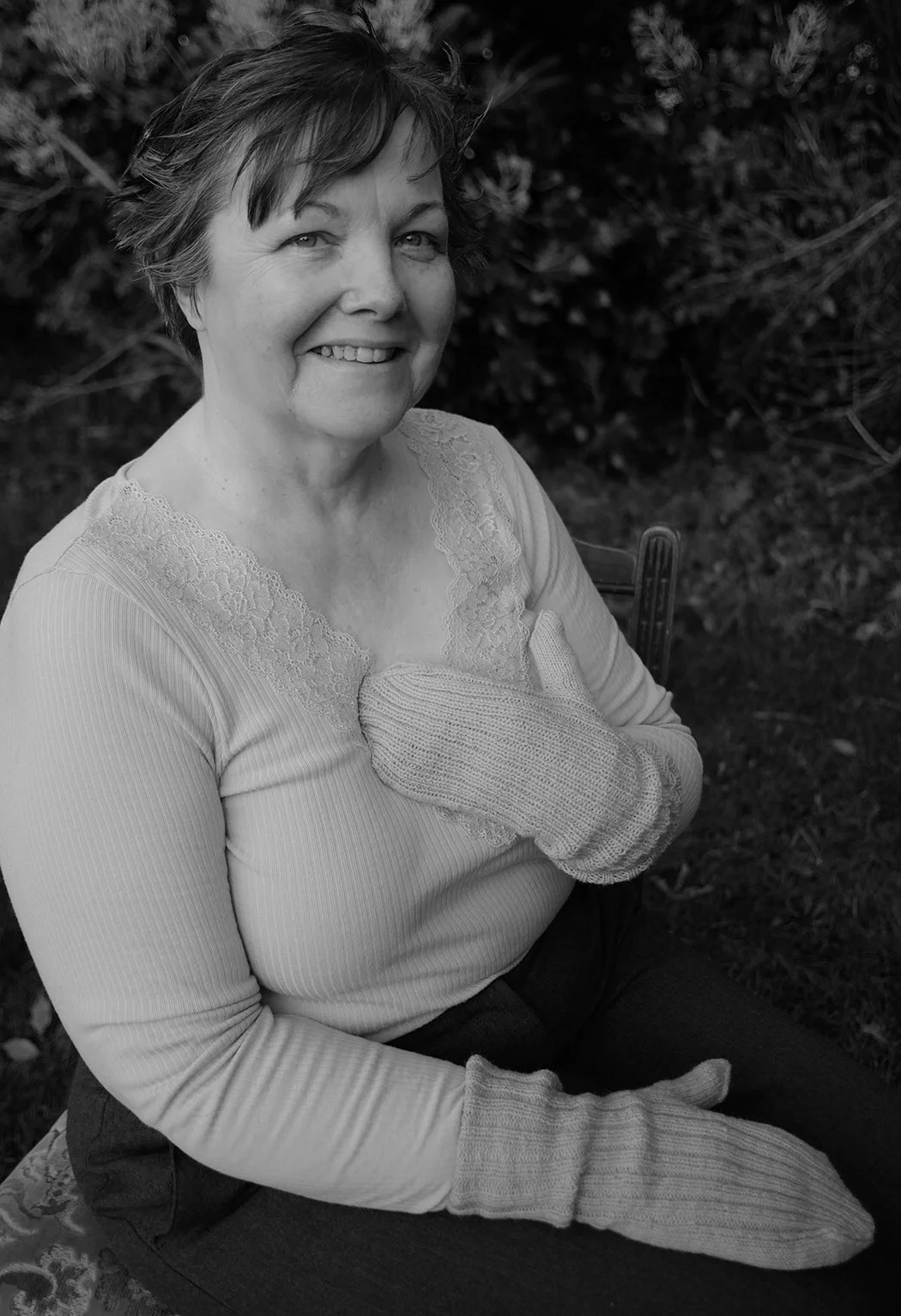My Head Is Sore, But I Think I Get It Now {Crop Factor Revisited}
Leica CL + Carl Zeiss Jena 24mm f2.8 Macro
One thing that often gets mentioned in relation to using a crop sensor camera, is that lenses will yield somewhat different results than on a full frame camera. Namely, that a lens will be ‘longer’ than its stated focal length, and ‘slower’ than its stated maximum aperture. In other words: A lens that is 24mm in focal length with a maximum aperture of f2.8, on a crop-sensor camera will become the equivalent of a 35mm f4. This is something I have heard in person and read online so routinely over the years, that I never questioned it. Neither did I question it after owning a Fuji XPro {crop sensor} some years ago.
Then I started photographing with the Leica CL. I migrated all the lenses from my previous full-frame DSLR setup. And suddenly something seemed off. Because what my eyes were seeing in the photos, in terms of both depth of field and focal distance, did not correspond with what I had understood should be happening.
I am using a 24mm lens here as an example, because it makes these discrepancies easy to observe. When I look at the images above and below, the first thing I notice is the wide angle distortion to the proportions of the body. A 35mm lens results in a far more natural look than what is happening here. No 35mm lens I’ve ever used results in this degree of foreshortening. However, these distortions are typical of an ‘actual’ 24mm lens.
Similarly, the depth of field seems true to the actual setting I was shooting at, which was {I think!} f3.2. Particularly in the second photo {immediately below}, the model is positioned not that far from the background, and the background is quite busy. And yet there is great separation, and even a bit of bokeh. To my eye, this does not look like the equivalent of an f4.8 photo, as the crop-factor equivalent charts would suggest.
So… what have I discovered that solves the mystery? Well, I should preface this by explaining that I have a 2 year old daughter, who sometimes takes ages to fall asleep. So I spend significant portions of the evening lying in the dark, holding her hand, whilst reading stuff on my phone under a blanket so as not to go insane from lying in silence doing nothing. The other night, this provided me with the opportunity, the time, and the patience to plunge deeply into the photography forums - an activity I would normally be unable to cope with. Once I figured out how to phrase the thing I was trying to express in the correct language to yield informative search results, I found my answer. Pages and pages of it, meticulously laid out, supplemented with graphs and diagrams, and references to research papers, and the physics PhD credentials of the forum members to back it all up. Like I said, I normally wouldn’t be able to cope with such things, and might in fact be put off photography altogether. But thanks to being trapped in a dark room with a sleepless toddler, I consumed the information enthusiastically.
And what these very knowledgeable fellows seem to be saying, is this: The crop factor literally crops an image, compared to what it would be on a full-frame camera {as in - trims some of it off around the edges}. The crop factor does not in any way alter the inherent characteristics of a lens. Therefore, the lens will still show distortions characteristic of its focal length. And it will still show its depth of field properties exactly as they are.
Which leads to the question: Why do so many believe it to be otherwise? Well. And I am paraphrasing here, according to my own understanding of what I’ve been reading, but here goes: In a photo with a shallow depth of field, the areas around the periphery tend me be the most out of focus. So by removing the edges, some of the most heavily out of focus areas are removed, along with the accompanying bokeh and field distortions, making it appear that the DoF is not quite as shallow as it actually is. Similarly, distortions associated with wide angle lenses are more noticeable around the periphery. Therefore, removing the edges removes some of the most blatantly distorted areas, and can make it appear as if the lens is not as wide as it actually is.
It is possible, if not probable, that I phrased this all incorrectly, as I have no background in physics and a very limited capacity to absorb technical information. But that is how I’ve made sense of what I’ve read, and this explanation corresponds to what I am seeing with my actual eyes in my actual photos. For anybody reading this and wanting a more technical/ detailed analysis - I invite you to do some online research on this topic until you stumble upon the same forum discussions as I did. I would rather not link to them here.
As for what this means for my process… Well, I will stop obsessing about the topic for one thing, enabling me to concentrate on the actual photography without constantly thinking ‘Why does this look like it was taken with a 24mm when it should look like it was taken with a 35mm??’
That said, a couple of mysteries still remain. When I shoot the 24mm Zeiss Jena in macro mode, the photos do not seem to exhibit wide angle distortions, but indeed look more like 35mm equivalents. The forum threads do mention something about macro being a different kettle of fish, but I ran out of emotional energy to get into the why/ how, so I will leave that for later. The other mystery is why I did not notice the issue back when I was using the Fuji XPro. In fact, I distinctly remember feeling frustrated that no matter what aperture I set on that camera, the photos all came out looking as if they were taken at f8 {I should clarify that I used the native lenses designed for the Fuji X-Pro, as this was some years before I got into M42 lenses}. I also remember not being able to source a lens wide enough to capture a specific type of cycling-related distorted perspective photo, and everyone at the time saying ‘Ah of course, the dreaded crop-factor.’
But putting those questions aside for now, my mind is at ease when it comes to work-related photos. Now I know that my lenses do not need to be ‘converted’ into any equivalents, and they simply are what they are - albeit the images will be cropped. So if I need a 50mm to take a photo of a model wearing a sweater with ‘natural’ perspective, it means I need to use an actual 50mm lens. That is all. Thank goodness I can put this matter to rest! Now, putting my daughter to sleep is another matter…



